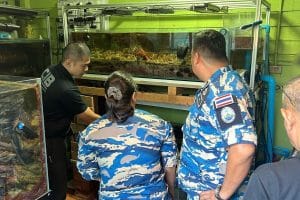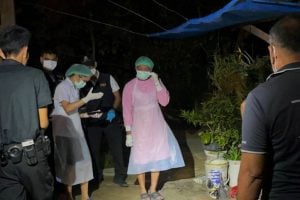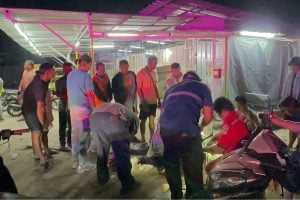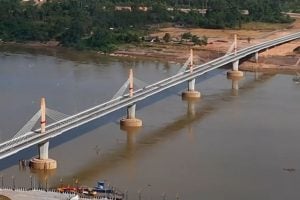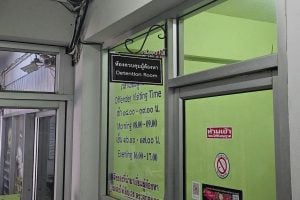Bangkok tests mobile alert system for emergency warnings
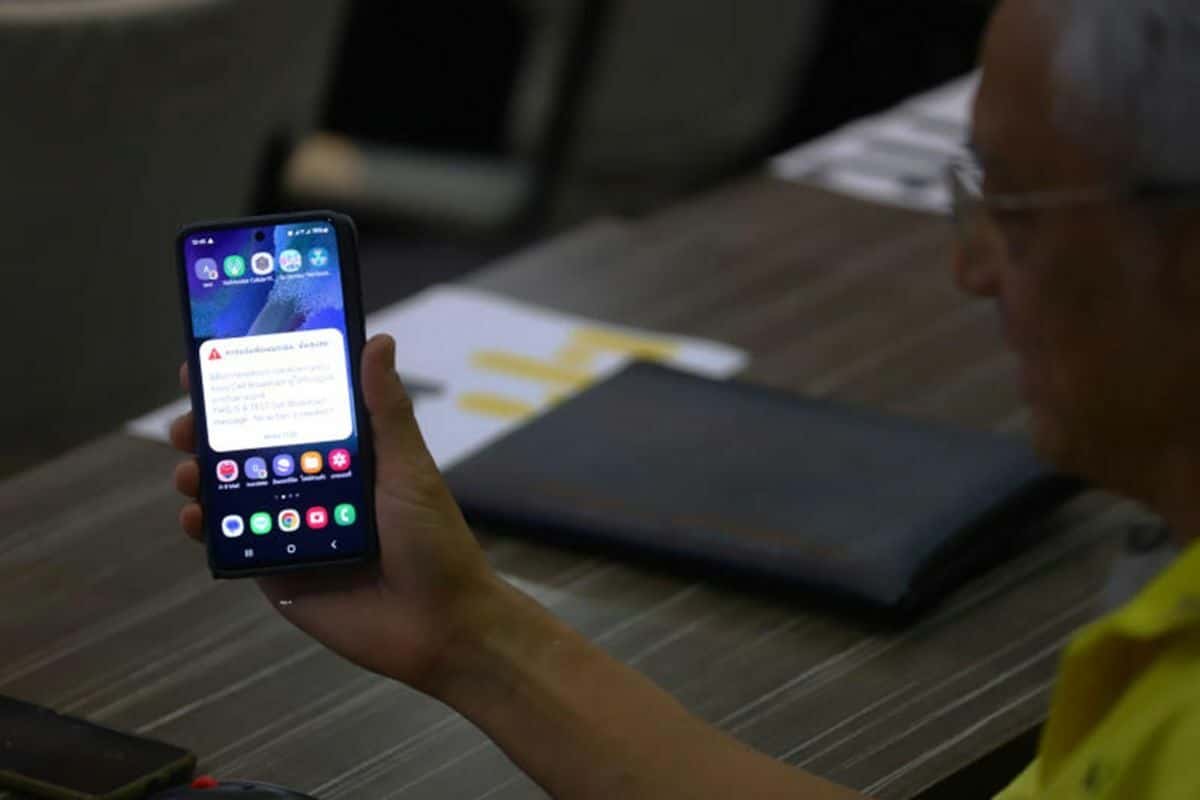
Telecom operators and regulators successfully tested a comprehensive virtual cell broadcast entity (CBE) mobile emergency alert system in Bangkok.
The test involved Advanced Info Service (AIS), True Corp, and the state-owned National Telecom, alongside staff from the National Broadcasting and Telecommunications Commission (NBTC). It confirmed that alerts could be sent to both Android and iOS smartphones, following Apple’s inclusion of cell broadcast support in its iOS 18 for iPhone users in Thailand.
To operate, the cell broadcast service requires a CBE system and cell broadcast centres (CBCs). Since the 2004 Boxing Day tsunami, Thai governments have pledged to establish such a system. The earthquake on March 28, which caused significant damage in Bangkok, reignited calls for this system, highlighting its absence.
The Department of Disaster Prevention and Mitigation (DDPM) is tasked with establishing the CBE system as the central command for warnings. It also manages the creation, management, and approval of alert content and defines the notification areas. The DDPM is currently developing the CBE system.
Private telecom operators serve as CBCs, broadcasting DDPM-approved messages through designated cell towers within specified alert zones. According to NBTC chairperson Dr Sarana Boonbaichaiyapruck, all three mobile operators have installed the CBC system.
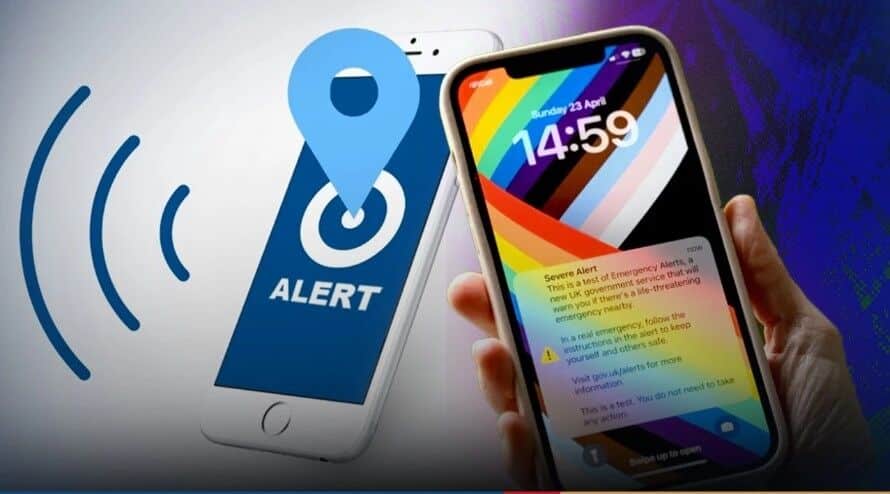
The cell broadcast service differs from SMS as it does not require specific phone numbers, enabling rapid, efficient communication of emergency information across an entire affected area. There is no need for recipients to download any applications.
This technology is compatible with Android smartphones running version 12 or higher and iPhones with iOS 18. However, it is not supported by 2G and 3G devices, nor by iPhone 10 and earlier models that cannot update to iOS 18. Therefore, SMS alerts must still be sent to address this limitation. AIS has approximately 1.6 million users of 2G and 3G services, while True has 900,000, according to the NBTC.
Alert categories
Trairat Viriyasirikul, acting secretary-general of the NBTC, stated that warning messages will be categorised into three types: national alerts, emergency alerts, and amber alerts. For earthquakes, messages will be sent by the Meteorological Department and DDPM, bypassing the NBTC. For other disasters like floods or storms, the DDPM will coordinate with the NBTC to instruct the three telecom operators to disseminate warnings to the public.
Waroonthep Watcharaporn, head of business relations at AIS, described the test as a significant advancement in enhancing Thailand’s emergency alert readiness, ensuring timely dissemination of critical information to the public. Chakkrit Urairat, chief corporate affairs officer at True, noted that the earthquakes on March 28 in various parts of Thailand and on April 14 in Krabi underscore the urgent need for an effective warning system, reported Bangkok Post.
The NBTC is also examining the integration of an emergency warning system with a digital TV network. The regulator is evaluating the feasibility of dedicating a new digital TV Channel 1 specifically for disaster warnings and updates.
Latest Thailand News
Follow The Thaiger on Google News:






